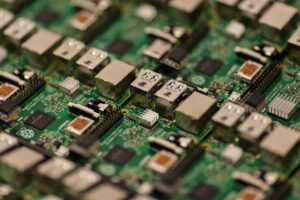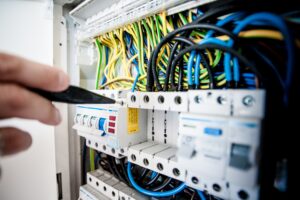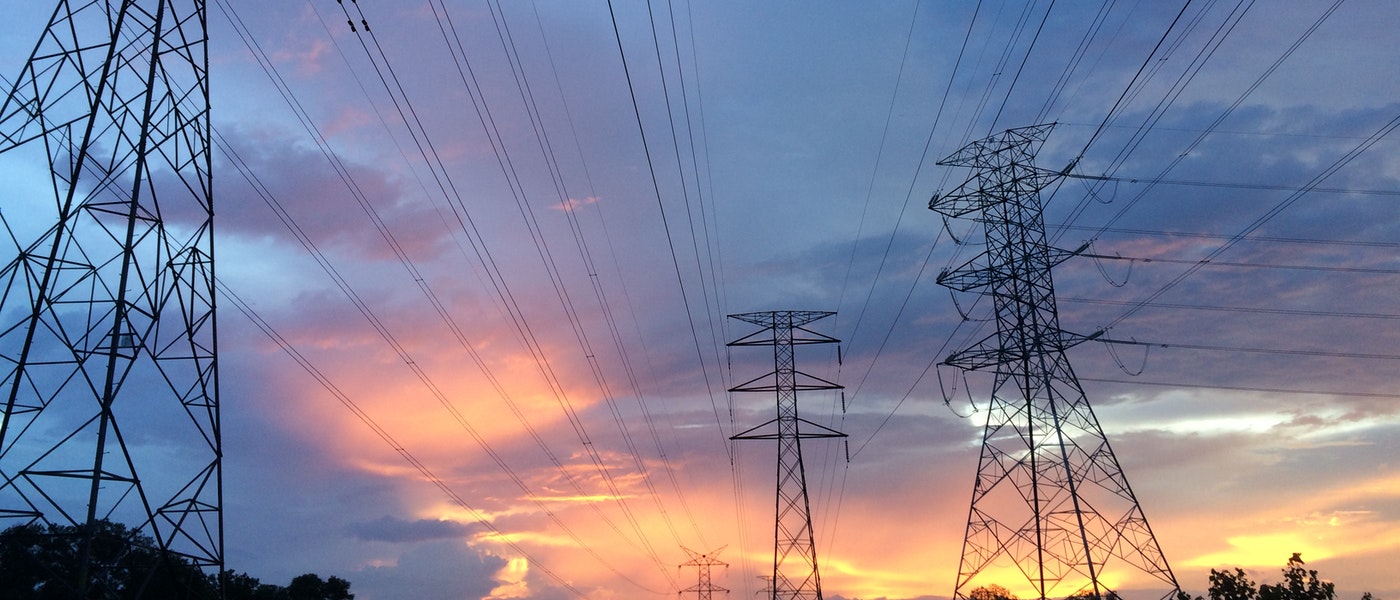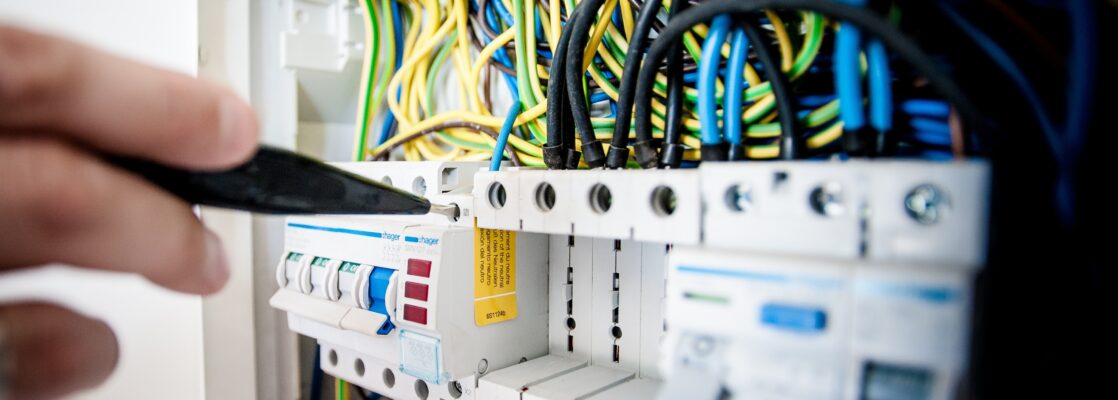 Electrical work requires attention at all levels. We often talk about being very careful when making electrical connections or working on the electrical panel. But we often forget the basics.
Electrical work requires attention at all levels. We often talk about being very careful when making electrical connections or working on the electrical panel. But we often forget the basics.
This is the case with a basic intervention, such as piercing.
And this reflection, I did not take it out of the hat! It was after an exchange with a plumber colleague who sent me a series of photos and a rather characteristic video.
Electricity drilling that has repercussions:
The case that I suggest you discover is quite “spectacular” since the craftsman drilled directly into the general power supply, before the meter.
At this level, no protection!
If the situation can make you smile, the consequences are less funny:
- The craftsman had to go to hospital for burns in particular and a complete examination following an electric shock .
- The site found itself without electricity with structural damage to the electrical supply.
An accident that should have been avoided given that the craftsman who caused this problem was the site electrician.
damage caused by electrical drilling
State of the bit after drilling in the power supply
Analyze before drilling:
This is very stupid and valid even if there is no presence of electricity.
Before breaking through, you must always analyze the situation.
- The type of materials.
- The thickness.
- What is nearby.
- What is behind or inside the material: Plumbing, electricity….
The last point is the most important because it concerns the holes in the presence of electrical networks.
You have to be able to know if there are wires and how the electric wires go through the material.
There are then two solutions:
- Possess the vision of Superman.
- Take some precautions.
The easiest way to detect a cable or electric wires in a partition
Personally not having the vision of superman, here is how to proceed:
 Analyze the surroundings and nearby electrical networks:
Analyze the surroundings and nearby electrical networks:
To visually detect the presence of electrical networks in a material, you must look at the exact location of the drilling and its immediate surroundings.
This check must be done vertically and horizontally, because the electrical networks (installed in the ICTA duct with the wires) are often pulled in these two ways.
- The networks come from the floor or from the ceiling. The circulation is done by rising or falling vertically. Thus, if we drill above a switch, we risk falling on an electrical sheath.
- Networks are sometimes horizontal. When bridging electrical outlets , the sheaths are pulled horizontally. By drilling on the same axis as an electrical outlet, you can also fall on a sheath.
In this example, the electrical networks arrive from above and from below
Open the flush-mounting boxes:
If in doubt, one solution is to open the electrical equipment to check the orientation of the networks arriving at the flush-mounting box.
Attention this manipulation must be done by cutting the electric current to work in safety.
For materials with construction vacuum, you can even remove the box and see more precisely how these networks circulate.
Check with the material detector:
Last solution to check the presence of electricity before drilling: use a material detector.
Secure the electrical installation if the damage is done:
Nobody is perfect!
It has happened to me to break through an alarm wire passed behind a partition, despite the usual checks.
Even if this wire was not physically protected (no icta sheath) and it had nothing to do there, I still had to fix my error.
It was weak current, so no danger. But what to do when you drill into a strong current electrical network?
The first thing to check is at the human level. It is an accident of electrical origin and the effects on the human body should not be neglected.
In the event of a minor incident and if the protections at the level of the electrical panel are present, the installation must go into safety with tripping of a RCD or a circuit breaker.
It is then necessary to secure the installation and the circuit concerned by isolating the protection concerned at the level of the electrical panel.
Electrical troubleshooting can only take place once the electrical installation is secure.
Conclusion:
An intervention can sometimes seem simple but get complicated quickly.
This is the case with a bad drilling in an electrical network as I have just explained to you.
So to drill safely in electricity, you have to keep an eye and analyze the circulation of potential electrical networks!
…





